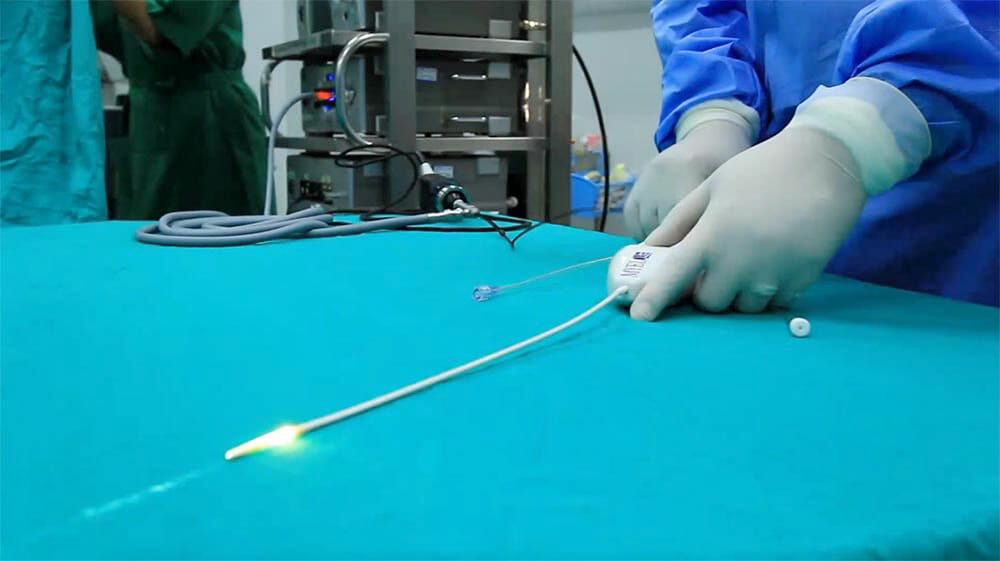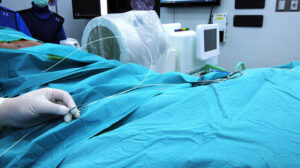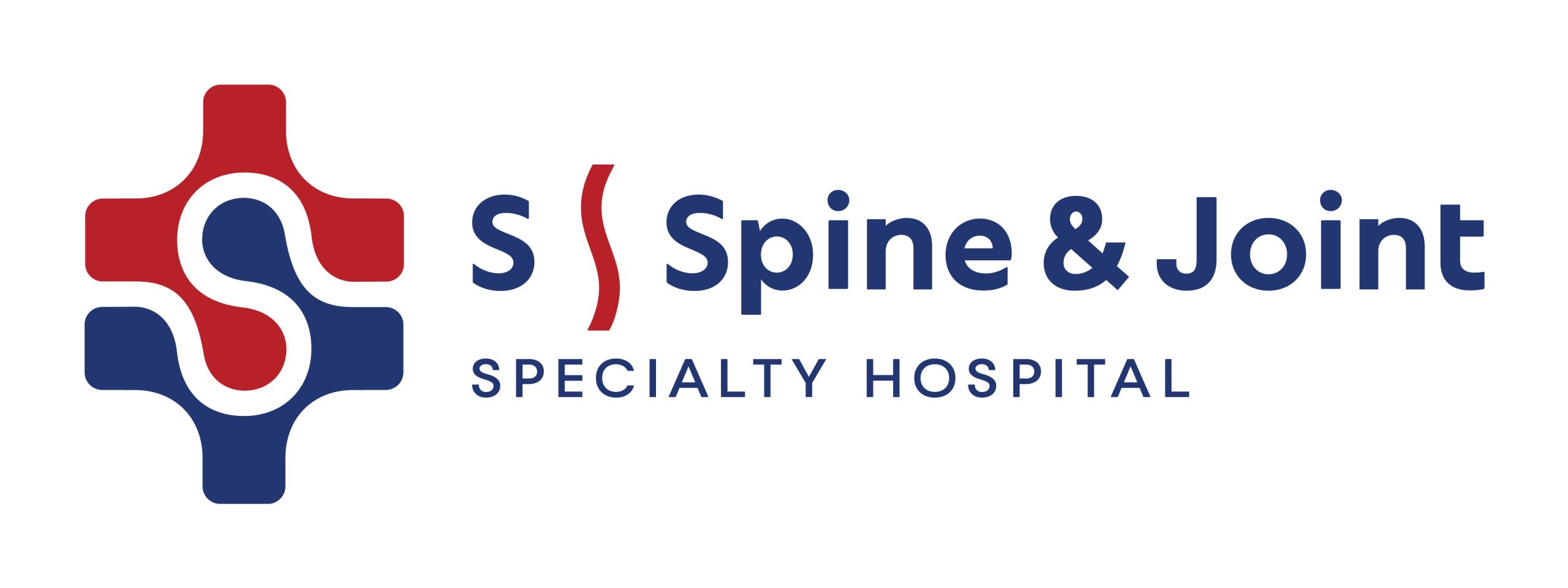Presently, the field of medical science is advancing rapidly, introducing a variety of treatment methods aimed at reducing pain and accelerating recovery. Did you know that “laser” technology can be used for surgical procedures!
LASER (Light Amplification by Stimulated Emission of Radiation) represents a category of minimally invasive surgery (MIS) that utilizes small incisions. This technique is particularly beneficial for treating minor herniated disk symptoms, eliminating the need for major surgery, which can lead to unnecessary blood loss and tissue damage.
The lasers deemed most suitable for spinal disk surgery include:
Holmium Yag LASER
Diode LASER
These lasers are capable of transmitting through water, with the heat energy dispersing only 0.2 millimeters into adjacent tissues, thus minimizing the risk to nearby nerves while effectively shrinking the herniated disk and surrounding tissue.
- Persistent Back Pain: A Sign for Treatment
- Demystifying Spine Surgery: Closer and Less Frightening Than You Think
- Choosing Among Spinal Surgery Techniques: What Are Your Options?


Distinguishing between traditional and laser surgery:
- In the conventional approach, surgeons employ a scalpel to penetrate the patient’s skin, followed by the dissection of tissue to remove parts of the patient’s spinal column. This invasive method can lead to significant muscle or nearby tissue damage, resulting in substantial blood loss, increased risk of infection, and potential harm to the spinal cord nerves.
- This modern laser technique eliminates the need for large incisions. Utilizing a needle as slender as a standard syringe (1 millimeter in diameter), the surgeon targets the area around the herniated disk. By deploying a combination of laser energy and possibly radio waves, the procedure aims to precisely treat the protruding disk, causing it to contract back to its original position. This minimally invasive method significantly reduces the risk of complications and minimizes blood loss.
Many individuals seeking laser treatment typically present with minor herniated disks, predominantly located in the lumbar and cervical regions. The prevalence of lumbar disk herniation historically correlates with the physically demanding nature of agricultural work common among Thais in the past, involving heavy lifting. However, contemporary lifestyles, characterized by prolonged periods of sedentary office work and extensive computer use, have led to an increase in cervical herniated disks
Benefits of Laser Surgery
- Eliminates the need for unnecessarily large incisions with laser needles just 1 millimeter in diameter, akin to a standard syringe needle.
- Minimizes blood loss for patients.
- Reduces the likelihood of nerve damage.
- Lowers the risk of complications compared to traditional surgery.
- Facilitates a quicker recovery post-surgery.
Post-Laser Surgery Precautions
- Avoid prolonged engagement in activities like squatting, kneeling, or sitting in a lotus position.
- Refrain from lifting objects heavier than 5 kilograms on each side.
- Avoid maintaining any single position for more than 2 hours. If necessary, take breaks to stretch before resuming.
- Steer clear of vigorous activities that may impact the spine.
Laser surgery has minimal limitations, making it accessible even for elderly patients or those with a history of anesthesia allergy. Treatment begins with a localized anesthetic before proceeding with the laser procedure.




